According to the study of Harvard Business, Customers who shop online and in-person spend on average 4% more on each in-store trip and 10% more online than shoppers visiting only one channel. Online and offline marketing requires best omni channel practices—including being mindful of your budget and resources, keeping consumer data uniform, and offering a seamless, experience to customers. Whether your business is reaching a client through in-store assemblage, social media, or face-to-face interactions, the expertise you give ought to be positive, consistent, and important.
Learn how to develop a singular, coordinated promotional strategy when running a business with both a physical and digital footprint.
Why should you integrate in-store and online marketing?
Technological developments have made buyers hyperconnected and empowered. They want to benefit from both the advantages of digital platforms (access, variety, interactivity) and the offline convenience of personal service and touching physical products. Customers expect to consume product information across channels whenever they want wherever they want, disrupting the linear buying journey. The channel where a product was discovered is not the same as the one where it is purchased.The proliferation of marketing channels means that integration is necessary for marketers to have a single view of the customer and for consumers to have a consistent brand experience. It is said that marketing channel integration has a positive effect on customer loyalty through satisfaction. Moreover, online and in-store communication integration has a higher impact and is more cost-effective.
Both online and in-store marketing have advantage and disadvantages. The beauty of integrating the two types of marketing is that one’s advantages cancel out the other’s disadvantages so marketers get the best of both worlds.
From in-store marketing to online marketing
Directing customers is the easiest from offline channels to online channels simply through calls to action. One can drive to visit its website or social media channels through print collateral, TV ads, radio ads or billboards. The call to action can simply be “visit our website for more details” if your target is brand awareness or more specific such as “book your appointment now on www.yourbrand.com” if conversions you’re aiming for. It’s good to have your web address on your print collateral even there’s no call to action. Another great way to get consumers is the QR codes, they are beyond black and white designs nowadays and you can get more creative make it more aesthetic and entertaining to discover your brand online.
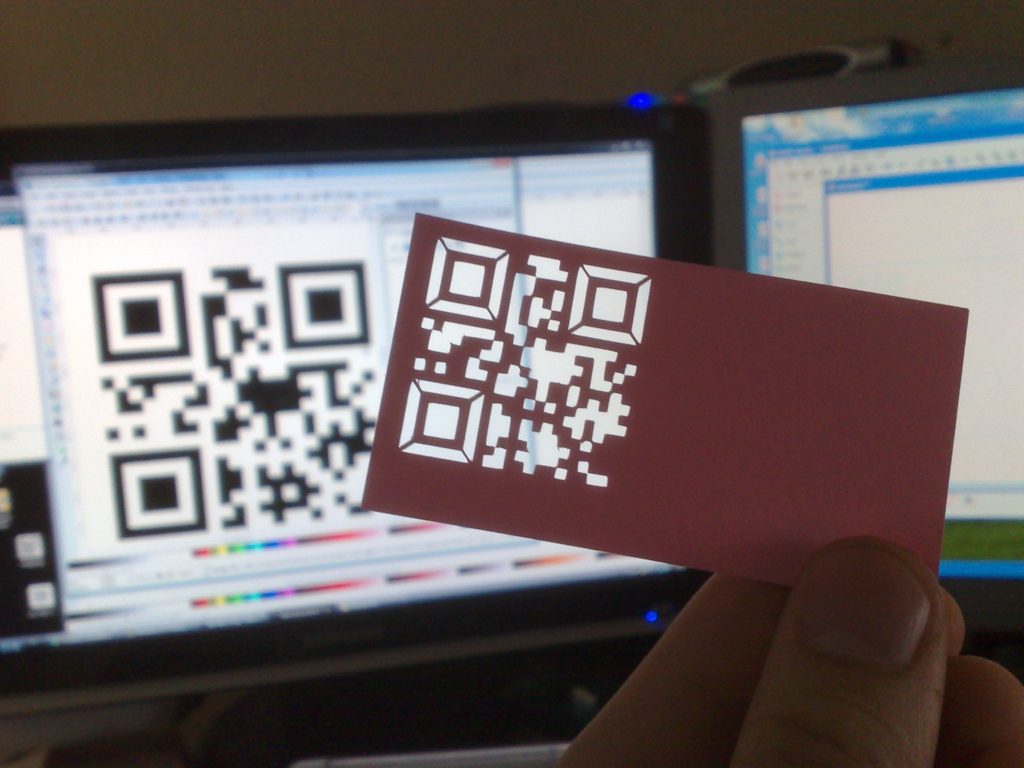
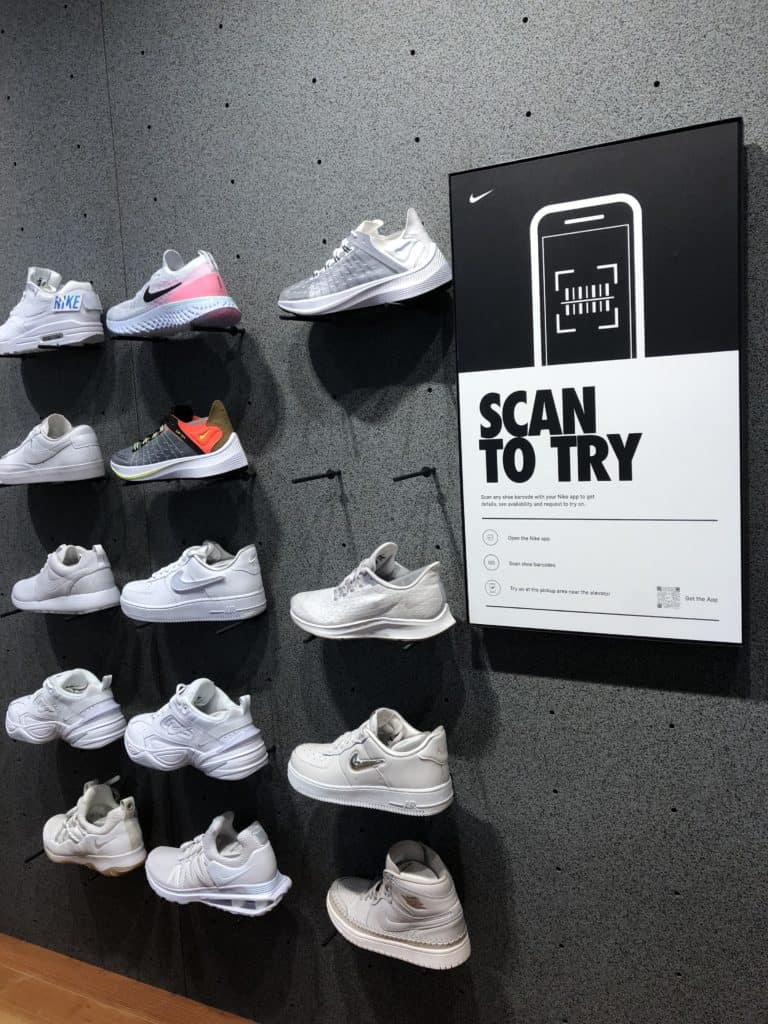
Nike is one of the great example of how QR codes can be used for marketing integration and great in-store experience. Consumers can scan a QR code that’s on the wall in the shop to download the Nike app which then gives them member benefits. For instance, they can use the app to scan mannequins and have the shop assistants bring them the clothes in their size to the fitting room or use the Nike instant check out service.
In-store to social media
Another way of engaging in-store audience to your online channels is by including your social media handles /icons on print collateral.
When running a social media campaign do include hashtag on collateral as an encouragement to your in-store audience to join in on social platforms, which you’ll be able to mediate and tack engagement levels for.
In-store to email
An efficient way to grow brand and business is through emails.
It is important to have a reliable way of collection of email address as a quality list is vital for your campaign’s success.
Own a physical shop? Then run promotions, customers will be required to provide you details in exchange for prize or discounts. Attract them with a business card raffle or a questionnaire. Giveaways and boxes set ups where customers sign up for prizes. Most restaurants ask to fill feedback survey form printed or on tablet at the end of their meal. There is usually a call to action for customers to provide with their email addresses at the end of the questionnaire. Make sure you offer a valuable reward in exchange of their information because the amount of junk mail people get they tend to be reluctant to sharing information. You’re after the newsletters then make sure to include the landing page URL on print collateral. Use customised URL to track the registrations are coming from and identify most effective channel.
Keep in mind!
Whichever way you choose to collect emails offline, please make sure your list is GDPR compliant and your subscribers know what they’re signing up to.
Traditional PR to online channels
Think of PR stunts and look beyond press releases that will get people talking and sharing online. A lot is possible when the low budget is compensated by a lot of creativity however, your budget might not stretch to sending a car into space.

Cadbury built a giant thumbs up statue made out of chocolate bars to celebrate hitting 1 million fans on Facebook. The whole process was filmed and a fan was selected to place the last bar on top. An infographic containing details of the effort put into building the like button was published together with the video which has been seen over 260,00 times.
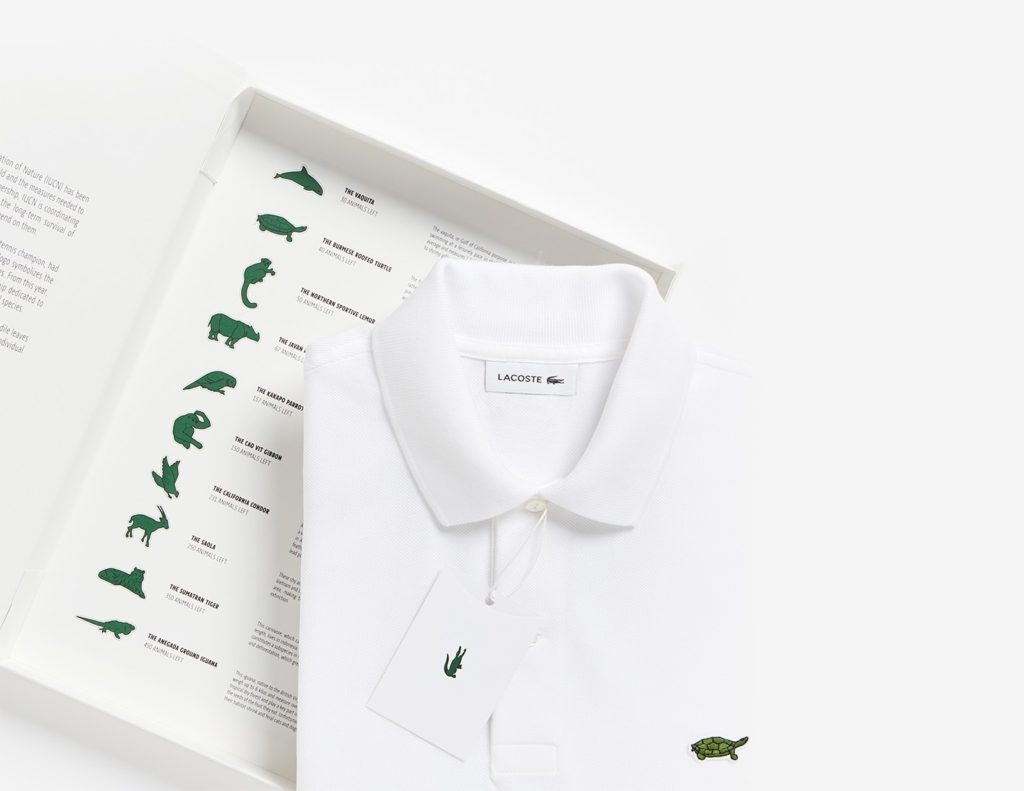
Lacoste replaced its famous crocodile logo with images of endangered species. Each T-shirt design was a limited edition run in the same number as many animals of the species were thought to be left in the wild. Needless to say, the T-shirts sold out immediately and the brand gained lots of coverage from the online press.
From online marketing to in-store marketing
An offline point of purchase or offline channel for businesses work better where they can use online channels to draw audiences in-store.
For example, in B2B face-to-face interaction is more important than online interaction and offline lead generation presents a higher conversion rate than online methods.
Search engine to In-store
You can’t not afford to not optimise your website for ranking in search results with 63,000 Google searches per second every day. Do set up Google my business and make sure to update it regularly.
For example, listing a phone number on Google My Business will allow the increasing number of mobile users to call your office for enquiries. Having your address listed increases the chances that a user will visit your shop.
An event coming up? Running a limited time offer? To communicate all this information online Google my business allows you to encourage customer to book for event or go to shop for purchasing. Make sure you follow local SEO practices for your business to appear at the top of SERP and trigger the knowledge box. An extension introduced in 2016 enables viewers to text business directly by clicking on the texting button if running PPC ads on Google. Another extension allows users to book appointments directly from their mobiles. The beacon technology offered by Google helps you to track offline footfall determined by Google ads.
Social media to In-store
Organic or paid posts and stories can raise awareness of your next event/workshop, in-store discount or the increase of a new dish to your menu. Organic and paid social media can be used to induce a variety of offline actions. The “Book now” call to action button on Facebook business pages allows users to book dates. The button can also be set to “Contact us” and users are able to call your brick-and-mortar business. Instagram is another social network that allows users to book a table or make a phone call without leaving the app.
Website to in-store
Alike to social media, websites can be used to state your offline activities, it also encourages user to call you or visit your shop or book an appointment or event through landing pages and calls to action.
Digital PR to in-store
If you’re launching a new product or opening a new branch, making the headlines online can contribute to top of mind awareness and drive footfall. Send a press release out to online press outlets and get coverage online.
Other methods of online and in-store marketing integration
As mentioned at the beginning of the blog, brand consistency and matching keywords across channels will help integrate your marketing efforts.

Snickers’ “You’re not you when you’re hungry” campaign is a case in point. The campaign won an Effie Award for its global integration tactics. The Snickers team achieved double their objective in just 3 months – grew total Snickers volume sales by 8.0% and singles sales by some 13.4%.
Online marketing advantages and disadvantages
Advantages:
- broad (international) reach
- more granular targeting based on the decision-making stage/level of intent
- automation
- cost and time effective
- measurable
- personalisation
- instant conversions
Disadvantages
- intrusive (people use ad blockers)
- technical issues on websites and advertising networks
- specialised workforce is needed
- high competition for customer attention
- clutter
- people get distracted and have a short attention spans
- can’t reach audiences that are not internet savvy
In-store marketing advantages and disadvantages
Advantages
- variety of channels (TV, radio, billboards, print, direct)
- tangible, face-to-face experience
- audience accessibility
- credibility
Disadvantages:
- longer conversion times
- measurement and attribution issues
- costly
- limited audience targeting
- time constraints
References
https://hbr.org/2017/01/a-study-of-46000-shoppers-shows-that-omnichannel-retailing-works
https://www.digitalcommerce360.com/2018/07/19/mobile-takes-the-starring-role-at-nike/
https://www.youtube.com/watch?v=uHtDRw4ujYw
https://www.lacoste.com/se/saveourspecies.html
https://serpwatch.io/blog/how-many-google-searches-per-day/
https://www.campaignlive.com/article/case-study-fame-made-snickers-youre-not-when-youre-hungry-campaign-success/1413554
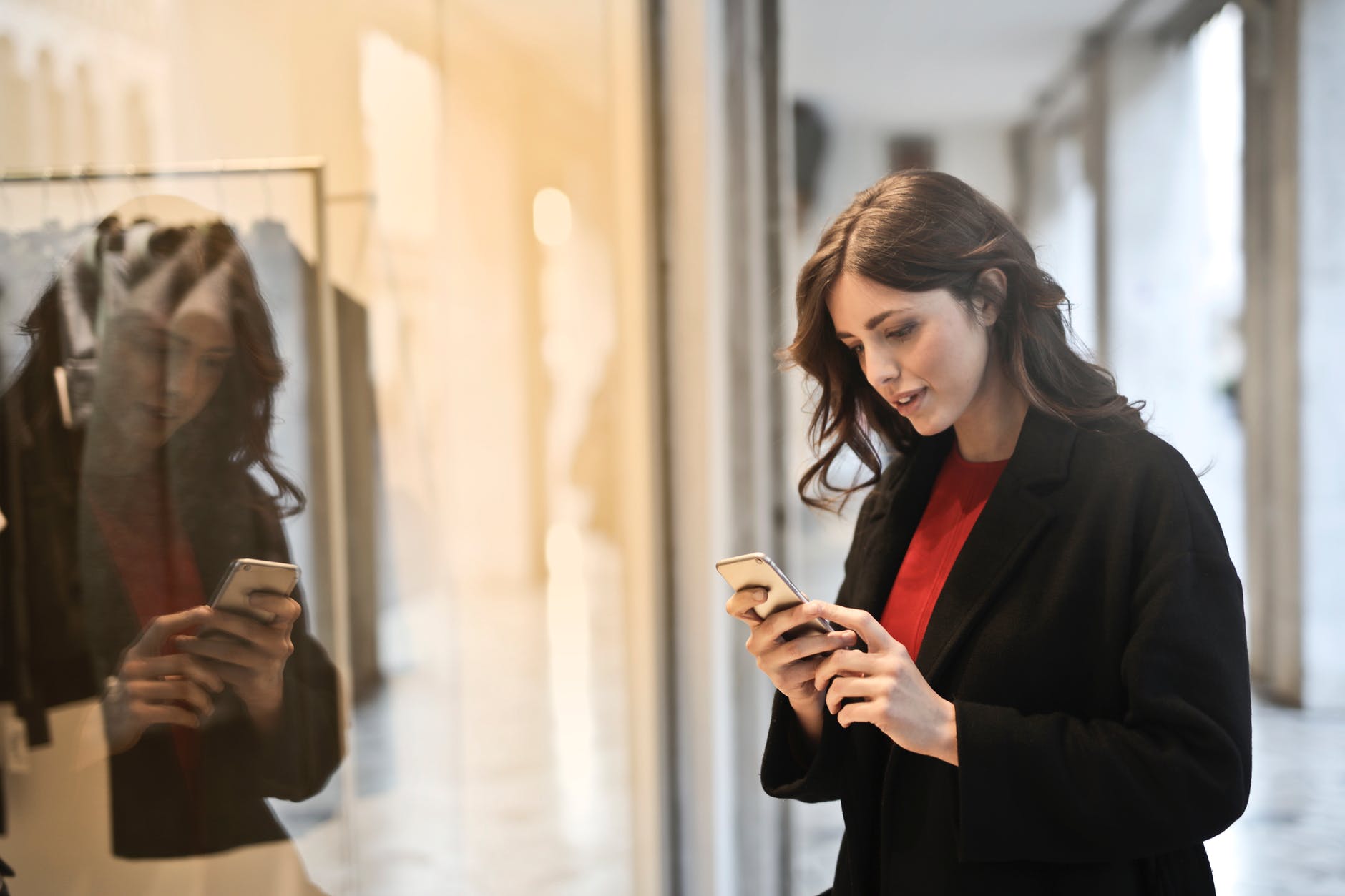

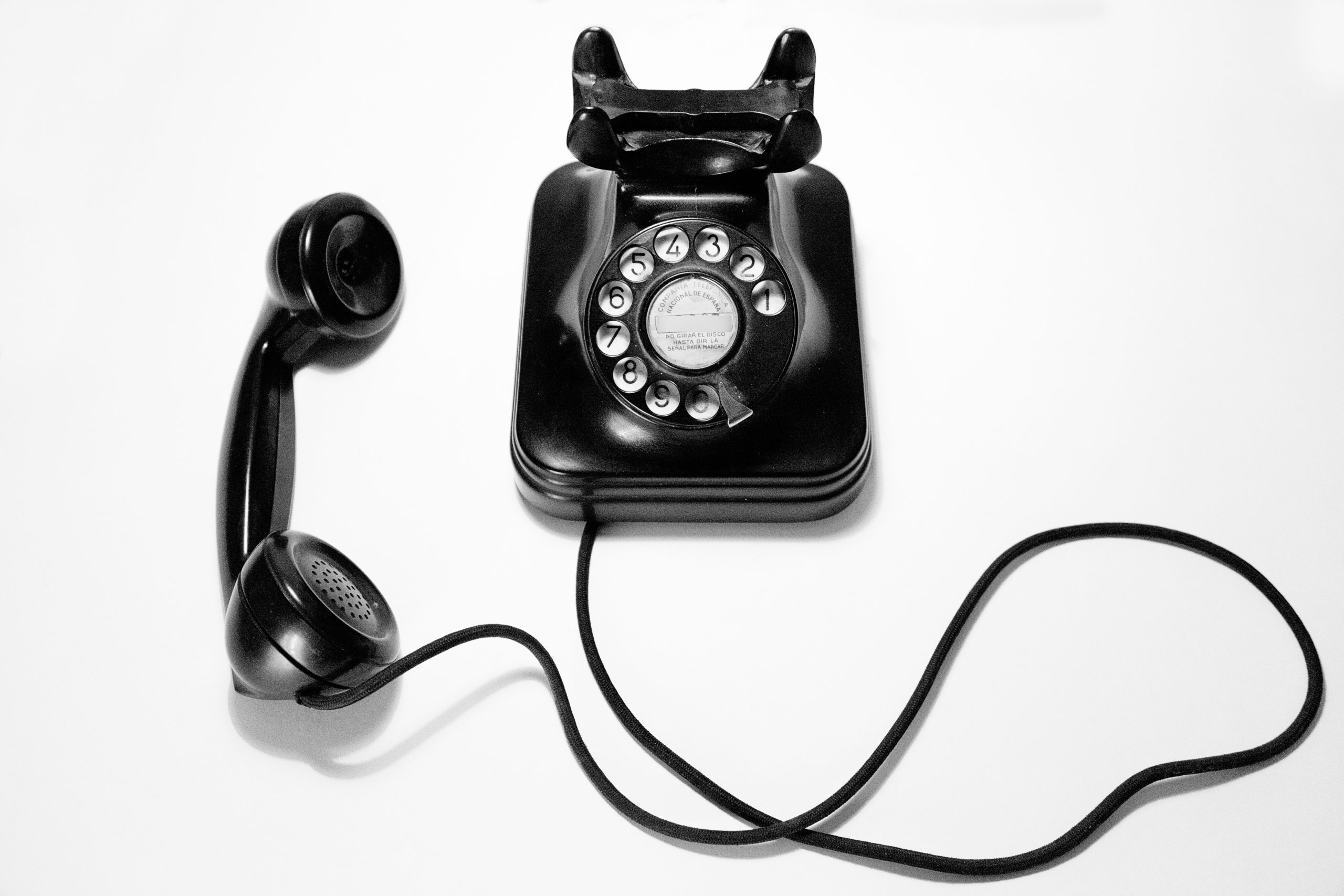
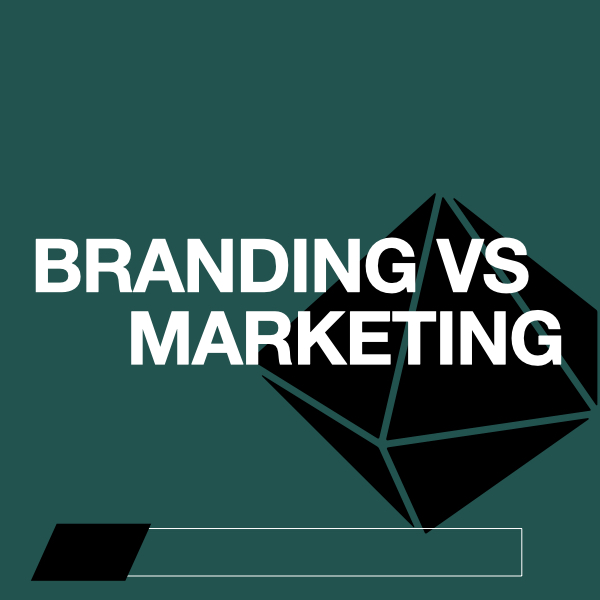
Вдруг люди замечаете, что ваши ногти на ногах превратились хрупкими, пробивается желтый цвет, чесотка, шелушение или похожие симптомы больного типа – стоит сконцентрировать акцент по этого образа ногтей, такова вид абсолютно воспроизводит проявление https://vros-nogot.ru/ дерматомицета в ноготочной пластине, он замечается огромным дискомфортом, если пропускать выздоровление подобного инфекцию. Минуя распространение грибка неоднократно возможно увидеть обнаружением вросшего ногтя либо покраснение оболочки возле области ногтика, абсолютно указанные вирусы ноготков имеют свои корень.
Такое может стать непредвиденная Vros-Nogot.Ru нечистоплотность или невнимательность у общественных местах, там где возможно подцепить грибок, впрочем все дела решаются, в случае если надо спохватиться затем сделать курс подходящего излечения. Источник по болезни пяток и пальцев всместе с ногтями дозировка ацикловир – интернет источник, он охватывает всяческие вопросы по инфекций ног плюс публикует целевые информацию, каковы Вы имеют возможность оперировать в качестве разъяснения по резолюции такого проблемы. К тому же под написанной статьей юзер можете видеть отзывы плюс личное практику ото участников по обнаруженным проблеме.
Thank you a bunch for sharing this with all folks you really recognise what
you’re speaking about! Bookmarked. Please additionally seek advice from my
site =). We can have a link alternate contract between us
Definitely believe that which you stated.
Your favorite reason appeared to be on the internet the simplest
thing to be aware of. I say to you, I certainly get irked while
people consider worries that they just don’t know
about. You managed to hit the nail upon the top as well as defined out the whole thing without having side effect , people could take a
signal. Will likely be back to get more. Thanks
I’m not sure exactly why but this site is loading extremely slow for me.
Is anyone else having this issue or is it a problem on my end?
I’ll check back later on and see if the problem still exists.
Hello there, just became alert to your blog through Google,
and found that it’s really informative. I am gonna watch out for brussels.
I will appreciate if you continue this in future.
Numerous people will be benefited from your writing.
Cheers!
my site: Nitro Strive Review
Sweet blog! I found it while browsing on Yahoo News.
Do you have any tips on how to get listed in Yahoo News?
I’ve been trying for a while but I never seem to get there!
Cheers
Also visit my web blog … IQ SuperCharger
What’s up colleagues, how is the whole thing, and what you want to say concerning this piece of writing,
in my view its actually remarkable in favor of me.
Here is my web page … Arctos Portable Air Conditioner
Excellent post. I used to be checking continuously this
weblog and I’m inspired! Very helpful info specially the remaining section :
) I deal with such information much. I used to be looking for this particular information for a very lengthy time.
Thanks and good luck.
Thanks for ones marvelous posting! I genuinely enjoyed reading it, you could be a great author.
I will be sure to bookmark your blog and may come
back from now on. I want to encourage that you continue your great job, have
a nice holiday weekend!
Good information. Lucky me I discovered your website by accident
(stumbleupon). I’ve bookmarked it for later!
My web-site … Erorectin Male Enhancement Review
Hey There. I discovered your weblog the usage
of msn. This is a very neatly written article. I will be sure to bookmark it and return to read extra of your useful info.
Thank you for the post. I will definitely comeback.
Hi everyone, it’s my first pay a visit at this web site, and post is in fact
fruitful for me, keep up posting such content.
I think this is among the most important info for me. And
i’m glad reading your article. But should remark on some general things,
The site style is ideal, the articles is really nice : D.
Good job, cheers
My webpage :: Erorectin
I like this internet site because so much useful stuff
on here :D.
Also visit my page – http://www.volatilereaction.com
Hello great website! Does running a blog such as this take a large amount of work?
I have very little knowledge of programming but I had been hoping to start my own blog in the
near future. Anyways, if you have any recommendations or techniques for new blog owners please share.
I understand this is off subject but I just wanted to ask.
Thank you!
Look at my blog … Abraham
Keep working ,terrific job!
Feel free to surf to my website; Compoise 360X CBD Reviews
Nice blog here! Also your site quite a bit up very fast! What host are you using?
Can I get your associate link to your host? I desire my website loaded up as quickly as yours lol.
my web page … Antonetta
I’m impressed, I have to admit. Seldom do I come across a blog that’s both equally
educative and entertaining, and without a doubt, you’ve hit the nail on the head.
The issue is an issue that not enough folks are speaking intelligently
about. I’m very happy that I came across this
during my search for something relating to this.
Review my web page; Astroscope Pro
Great goods from you, man. I have understand your stuff previous to and you’re just
extremely excellent. I really like what you’ve acquired here,
really like what you’re saying and the way in which you say it.
You make it enjoyable and you still care for to keep it wise.
I can not wait to read much more from you. This is actually a tremendous
site.
Look into my page :: Libido Boost
Does your blog have a contact page? I’m having problems
locating it but, I’d like to send you an e-mail. I’ve got some ideas for
your blog you might be interested in hearing. Either way, great blog and
I look forward to seeing it develop over time.
This website was… how do you say it? Relevant!!
Finally I have found something which helped me.
Thanks a lot!
You are so interesting! I do not believe I have read through something like
this before. So nice to discover another person with genuine
thoughts on this issue. Seriously.. many thanks for starting this up.
This website is one thing that is required on the web, someone
with some originality!
Thanks for sharing your thoughts. I truly appreciate your efforts and I am
waiting for your further post thank you once again.
A motivating discussion is definitely worth comment.
I believe that you ought to publish more
about this issue, it may not be a taboo subject
but typically people don’t speak about such topics.
To the next! All the best!!
Thank you for sharing with us, I believe this website genuinely stands
out :D.
My brother recommended I might like this web site.
He was once totally right. This publish truly made my day.
You cann’t imagine just how so much time I had spent for this
info! Thank you!
Aw, this was a really good post. Taking a few minutes and actual effort to make a great article?
but what can I say? I put things off a whole lot and
don’t seem to get anything done.
Wow that was unusual. I just wrote an very long comment but after I clicked submit my comment didn’t appear.
Grrrr… well I’m not writing all that over again.
Anyways, just wanted to say excellent blog!
Hi there, after reading this remarkable post i am also glad
to share my know-how here with colleagues.
This is the perfect web site for anybody who wants to understand
this topic. You realize so much its almost tough to argue with you (not that I actually will need to?HaHa).
You certainly put a brand new spin on a subject that’s been discussed for years.
Great stuff, just great!
I think this web site has some rattling great info for
everyone :D.
We’re a group of volunteers and starting a new scheme in our community.
Your site offered us with valuable info to work on. You’ve
done an impressive job and our whole community will be grateful to you.
Its like you read my thoughts! You appear to grasp so much approximately this, such as you wrote the book
in it or something. I think that you could do with a few p.c.
to force the message home a bit, but other than that,
this is excellent blog. An excellent read.
I’ll certainly be back.
I believe what you posted was actually very logical.
However, think about this, suppose you composed a catchier title?
I ain’t saying your content is not good., however suppose you added a title that makes people desire more?
I mean Integrate your Online and In-store Marketing and Communication? – Business & Creative is kinda boring.
You ought to peek at Yahoo’s front page and see how they create post headlines to grab
viewers interested. You might add a related video or a related picture or two to
get readers excited about everything’ve got
to say. Just my opinion, it could bring your posts a little livelier.
Wonderful views on that!
Right on my man!
Why is it I always really feel like you do?
I’m very pleased to find this web site. I wanted to
thank you for your time due to this wonderful read!!
I definitely enjoyed every bit of it and I have you book
marked to see new stuff on your website.
Wonderful views on that!
Hello there! Quick question that’s entirely off topic.
Do you know how to make your site mobile friendly?
My weblog looks weird when viewing from my iphone4. I’m
trying to find a template or plugin that might be able to fix
this issue. If you have any recommendations, please share.
Cheers!
How to add article to Joomla using a blackberry or other mobile device?
You are a very clever individual!
Good write-up, I?¦m regular visitor of one?¦s website, maintain up the nice operate, and It’s going to be a regular visitor for a long time.
hyjddo kllrhow qpcvdv lqrxua nxoivx fwflkw
I was able to find good info from our blog posts.
You made some clear points there. I did a search on the issue
and found most people will agree with your website.
Also visit my webpage; Puri Glow Cream Reviews
This internet site is my inhalation, very superb design and style and perfect content.